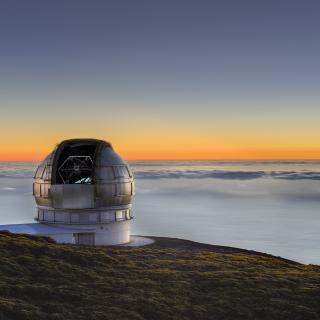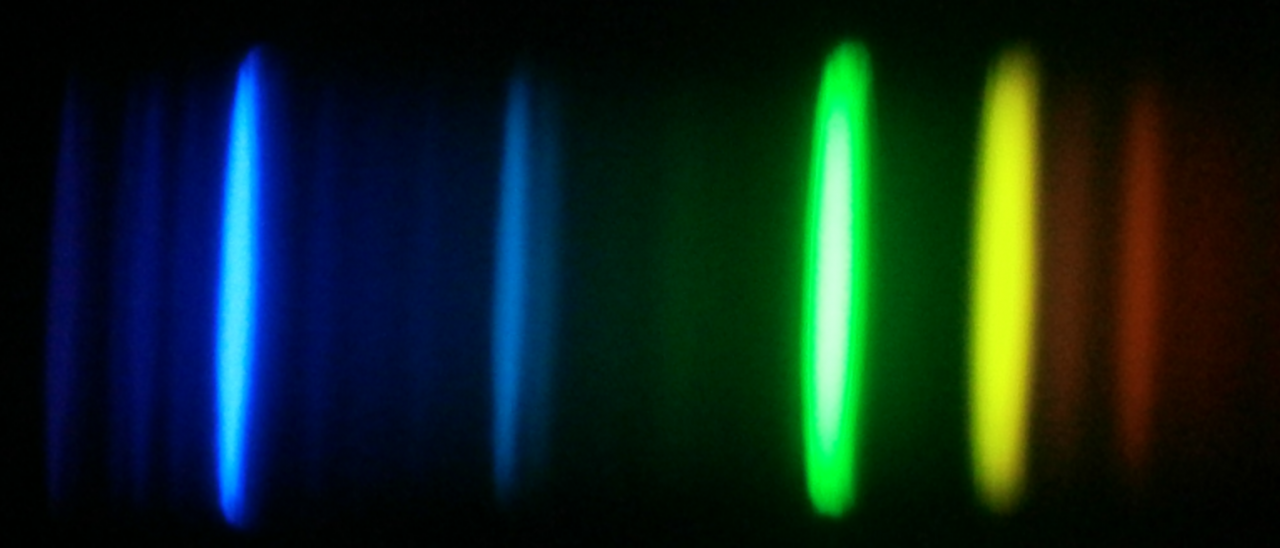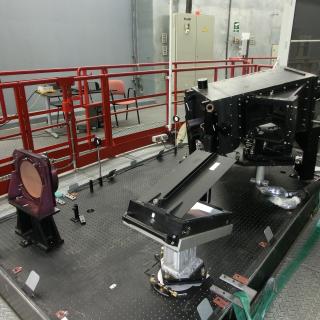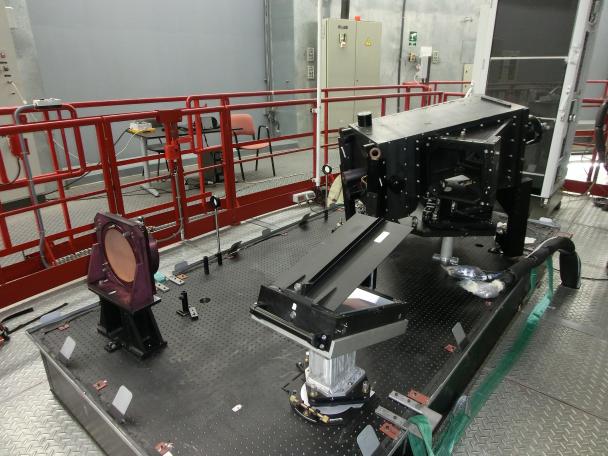Grants related:
General
Stellar spectroscopy allows us to determine the properties and chemical compositions of stars. From this information for stars of different ages in the Milky Way, it is possible to reconstruct the chemical evolution of the Galaxy, as well as the origin of the elements heavier than boron, created mainly in stellar interiors. It is also possible to study stellar formation, and the formation of the Galaxy, from the signature of the Galactic potential on the stellar orbits, and the distributions of mass, ages, and the abundance of heavy elements.
Obtaining high-resolution spectra, as necessary for studies of chemical compositions, requires advanced and efficient instrumentation. This is particularly true for research that calls for large stellar samples, which demands the observation of hundreds or thousands of sources simultaneously. Efficiency requires that the data processing and analysis are performed in an automated way.
The interpretation of spectra is based on physical models of the atmospheres of the stars, from where the light that we observe escapes the stars. The main ingredients for building such models are the fluid dynamics, and the properties of the atoms, ions, and molecules, especially regarding their interactions with the radiation coming from the stellar interior.
Once we have a plausible model, it is possible to compute in detail how the radiation propagates through the stellar atmosphere, and the emergent spectrum, which can then be iteratively compared with the observations to refine the model.
This project covers three different research fronts:
- Improving model atmospheres and simulations of stellar spectra.
- Developing tools for acquisition, reduction, and analysis of spectroscopic observations, in particular for the determination of chemical abundances in stars.
- Designing, preparing, and executing spectroscopic studies of stars aimed at understanding a) the most relevant aspects of the physics of stellar atmospheres, b) the formation and evolution of stars, c) the origin of the chemical elements, and d) the formation, structure, and evolution of the Milky Way galaxy.
Members
Results
- Complete the installation and commissioning of HORuS on GTC
- Discover two new stars with more than 100,000 times less iron than the Sun
- Complete the classification of all the APOGEE spectra with K-means
- Publish a complete collection of model stellar spectra for stars O to M
- Identify the signature of chemical diffusion in the atmospheres of the stars in the cluster M67
Scientific activity
Related publications
-
Bridging model and observed stellar spectra
Accurate model stellar fluxes are key for the analysis of observations of individual stars or stellar populations. Model spectra differ from real stellar spectra due to limitations of the input physical data and adopted simplifications, but can be empirically calibrated to maximize their resemblance to actual stellar spectra. We describe a least
Allende-Prieto, C.Advertised on:
22011 -
Accurate Masses for the Primary and Secondary in the Eclipsing White Dwarf Binary NLTT 11748
We measure the radial velocity curve of the eclipsing detached white dwarf binary NLTT 11748. The primary exhibits velocity variations with a semi-amplitude of 273 km s-1 and an orbital period of 5.641 hr. We do not detect any spectral features from the secondary star or any spectral changes during the secondary eclipse. We use our composite
Kilic, Mukremin et al.Advertised on:
102010 -
A 12 Minute Orbital Period Detached White Dwarf Eclipsing Binary
We have discovered a detached pair of white dwarfs (WDs) with a 12.75 minute orbital period and a 1315 km s-1 radial velocity amplitude. We measure the full orbital parameters of the system using its light curve, which shows ellipsoidal variations, Doppler boosting, and primary and secondary eclipses. The primary is a 0.25 M sun tidally distorted
Brown, Warren R. et al.Advertised on:
82011 -
Rapid Orbital Decay in the 12.75-minute Binary White Dwarf J0651+2844
We report the detection of orbital decay in the 12.75-minute, detached binary white dwarf (WD) SDSS J065133.338+284423.37 (hereafter J0651). Our photometric observations over a 13 month baseline constrain the orbital period to 765.206543(55) s and indicate that the orbit is decreasing at a rate of (- 9.8 ± 2.8) × 10-12 s s-1 (or -0.31 ± 0.09 ms yr
Hermes, J. J. et al.Advertised on:
102012
Related talks
No related talks were found.Related conferences
No related conferences were found.News

The IAC is an internationalized Spanish research centre aiming to achieve major advances in the understanding of the laws that govern the origin and evolution of the various forms of matter/energy in the Universe. Outstanding results are expected in key areas of research such as Solar physics, Sun-Earth connections, Exoplanetary systems, Solar







